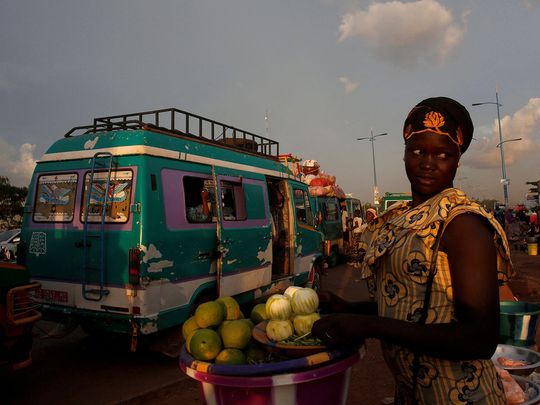
Bamako: In Mali's capital Bamako, Aboubacar Pamateck runs a scarf under a trickle of water and wraps it around his head to cope with the West African nation's soaring heat.
Africa's Sahel region experienced a deadly heatwave in early April, exceptional both in terms of duration and intensity.
"I drink a lot of water and wear my turban, which I often get wet," Pamateck said. "I even avoid wearing nylon boubous. I prefer to wear small cotton boubous to avoid the heat."
From April 1 to April 5, temperatures in Mali exceeded 45 degrees Celsius (113 degrees Fahrenheit) and peaked at a record 48.5C in the western city of Kayes.
A few days later, the thermometer fell back to a more familiar but still difficult 43 degrees at midday in the shade in Bamako.
Aas the sun beats down on the capital's streets, residents suffocate in airborne dust.
"It is very difficult in this heat," said a motorbike taxi driver, Ousmane Diarra. "But we have to work like this."
Ranked among the poorest countries in the world, Mali is ill-equipped to cope with heatwaves.
April's blast would not have occurred without human-induced climate change, according to a World Weather Attribution (WWA) study.
And such episodes are set to intensify because of climate change, caused by greenhouse gas emissions, the report added.
Mali frequently suffers from electricity cuts due to run-down power stations and the heavy debt the national energy company carries - making it hard to rely on fans or air conditioners.
"At night, I sleep on the roof with my family," Pamateck said.
"I have even bought (handheld) fans that I give to my family so that they can ventilate themselves frequently. It is necessary."
Excess deaths
As well as being difficult to live and work in, heatwaves are amongst the "deadliest natural disasters", according to the WWA.
A lack of data in the Sahel region made it impossible to know the exact number of deaths, the WWA said, adding there were likely hundreds, if not thousands, of other heat-related casualties.
"This year, especially in recent months, we have come across many cases of people with high fever and dehydration," Dr Ibrahim Fall, head of a medical unit in Bamako's commune three, told AFP.
"We are therefore obliged to admit them to hospital, but unfortunately there is a very high mortality rate, of up to 50 percent, due to dehydration and fever," he said.
Power cuts also complicate the treatment of patients.
In early April, Bamako's national blood transfusion centre asked medical establishments to "suspend all non-essential transfusions" because of "daily power cuts lasting more than 12 hours" a day.
Scientists estimate that a heatwave like the one that hit Mali and Burkina Faso would be 10 times more frequent than in the current climate if global warming reaches two degrees, which could happen between 2040 and 2050.


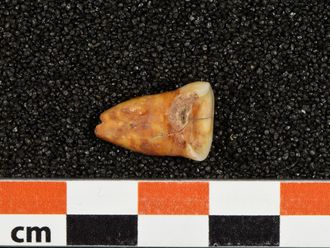
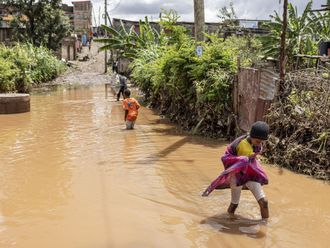
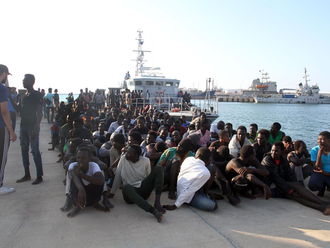
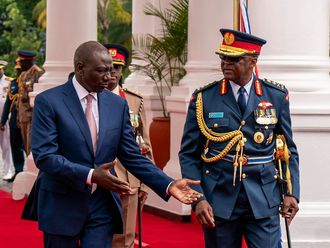




_resources1_16a3106a819_small.jpg)

